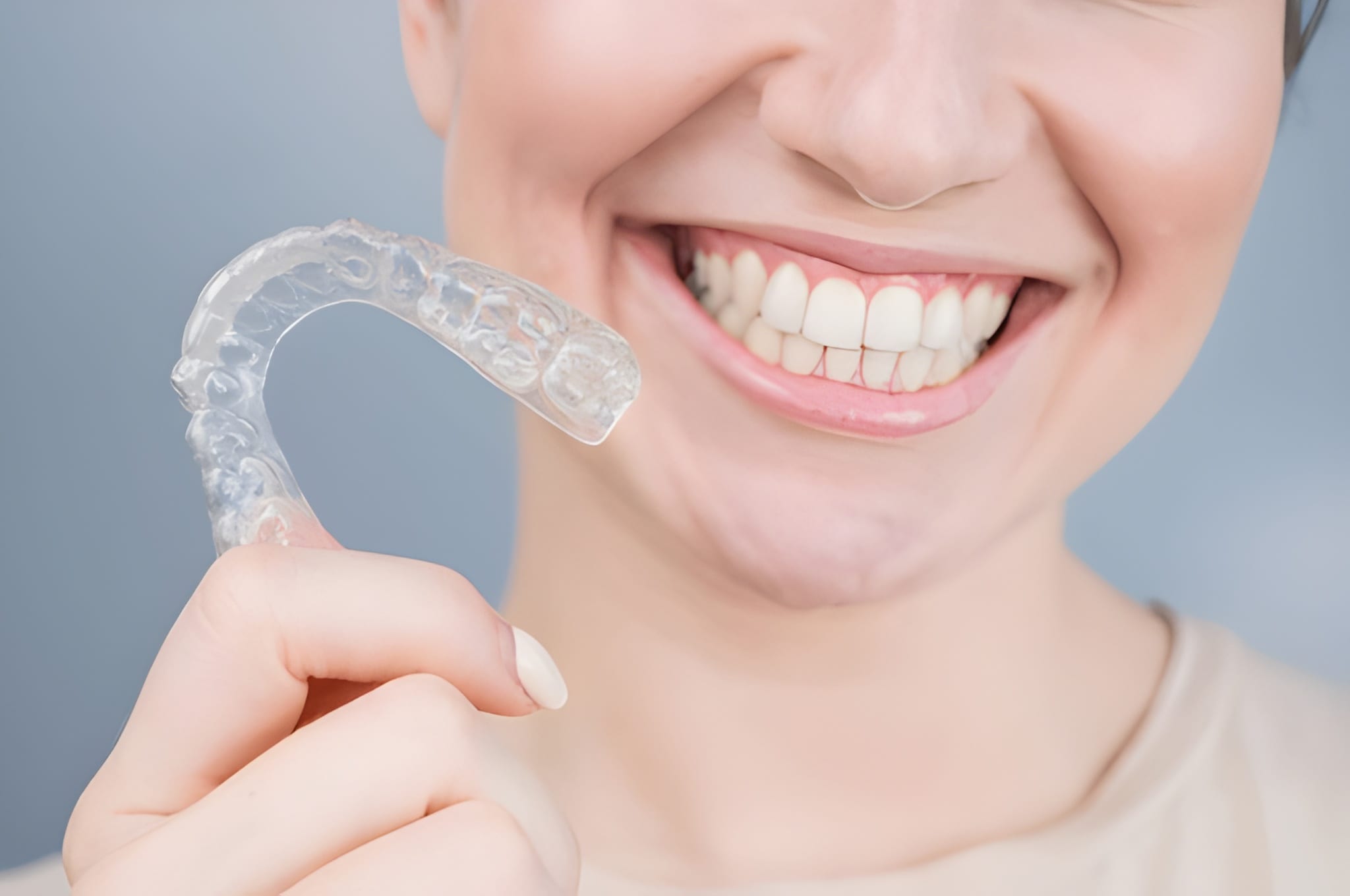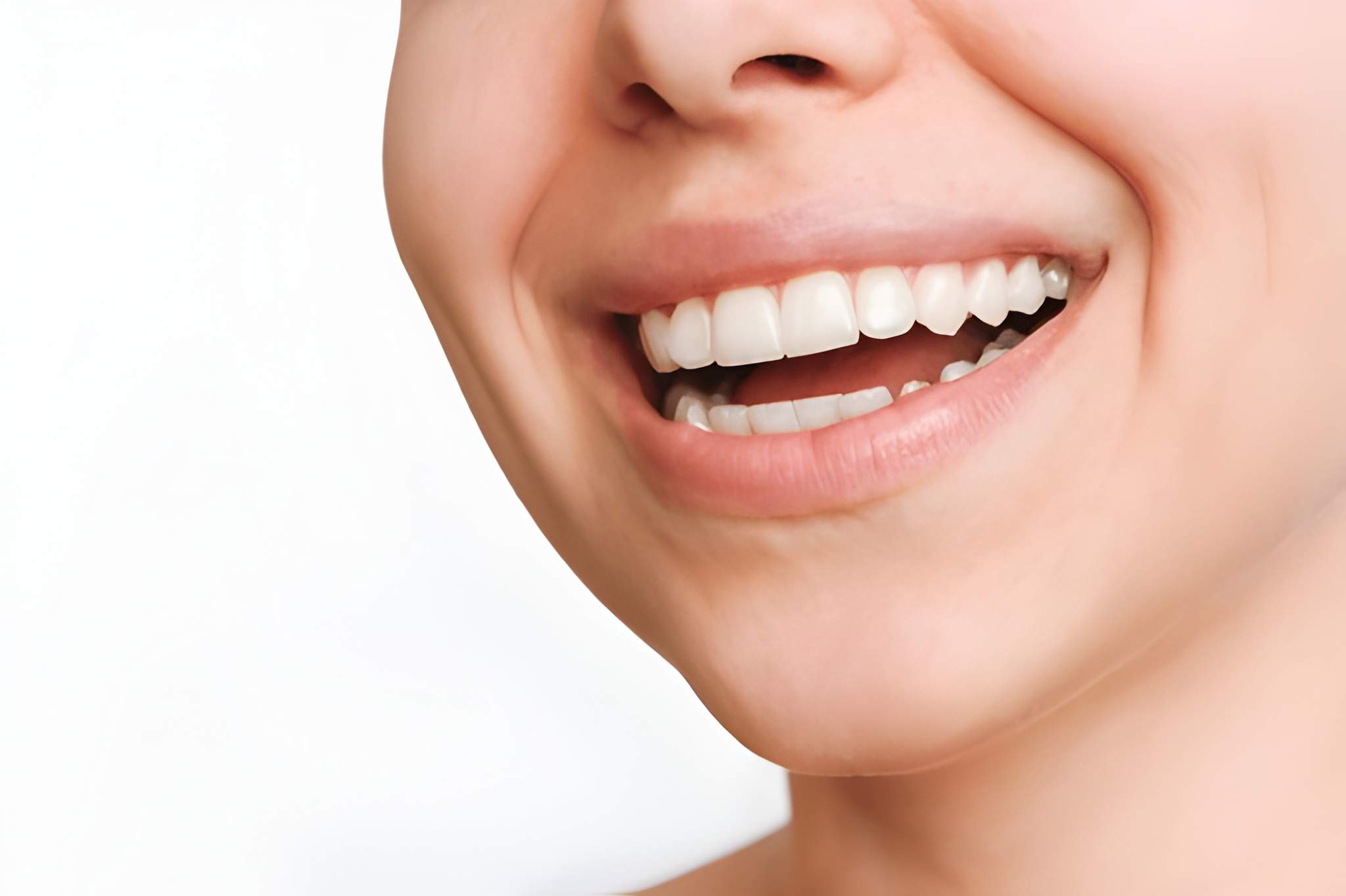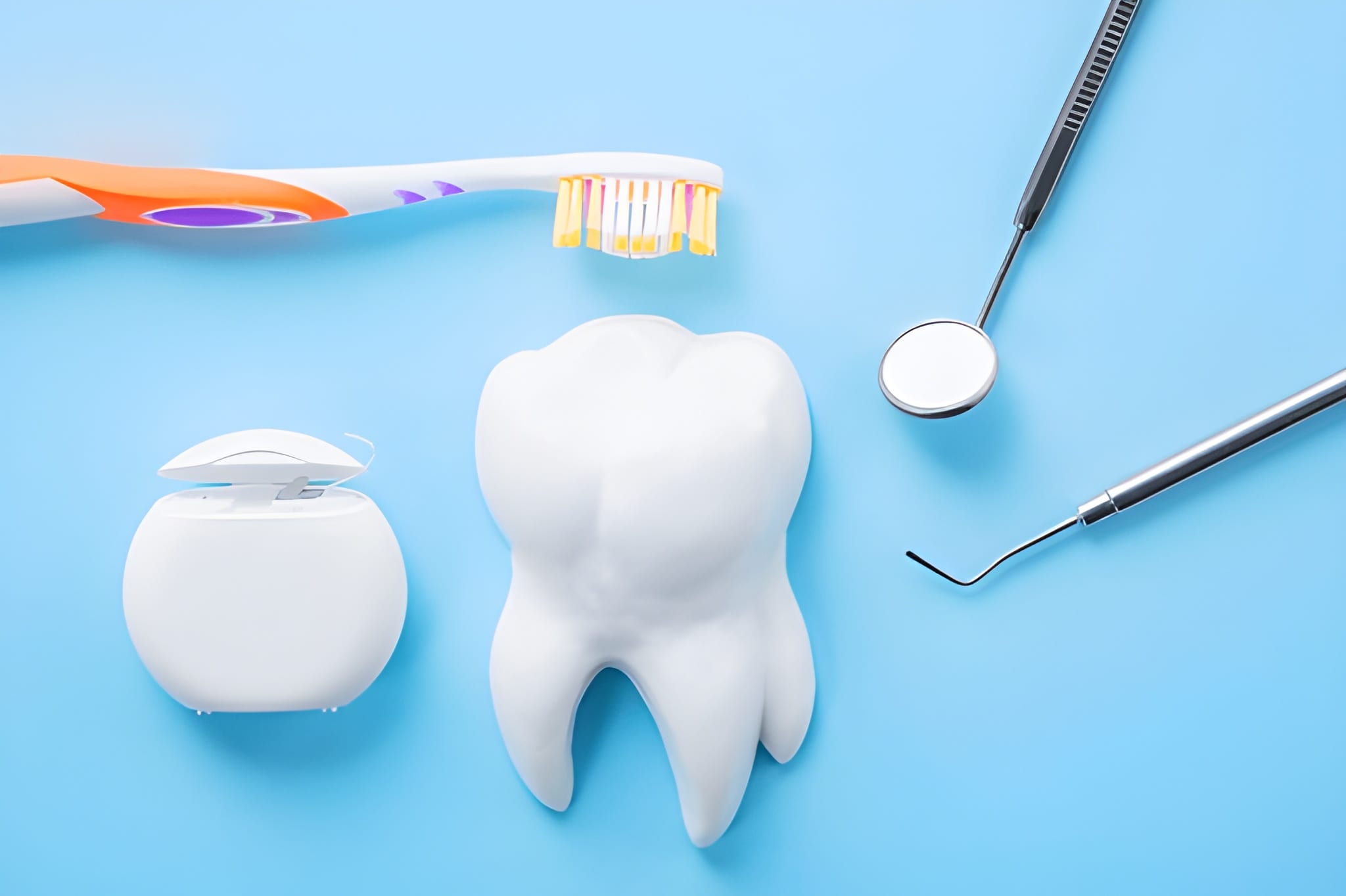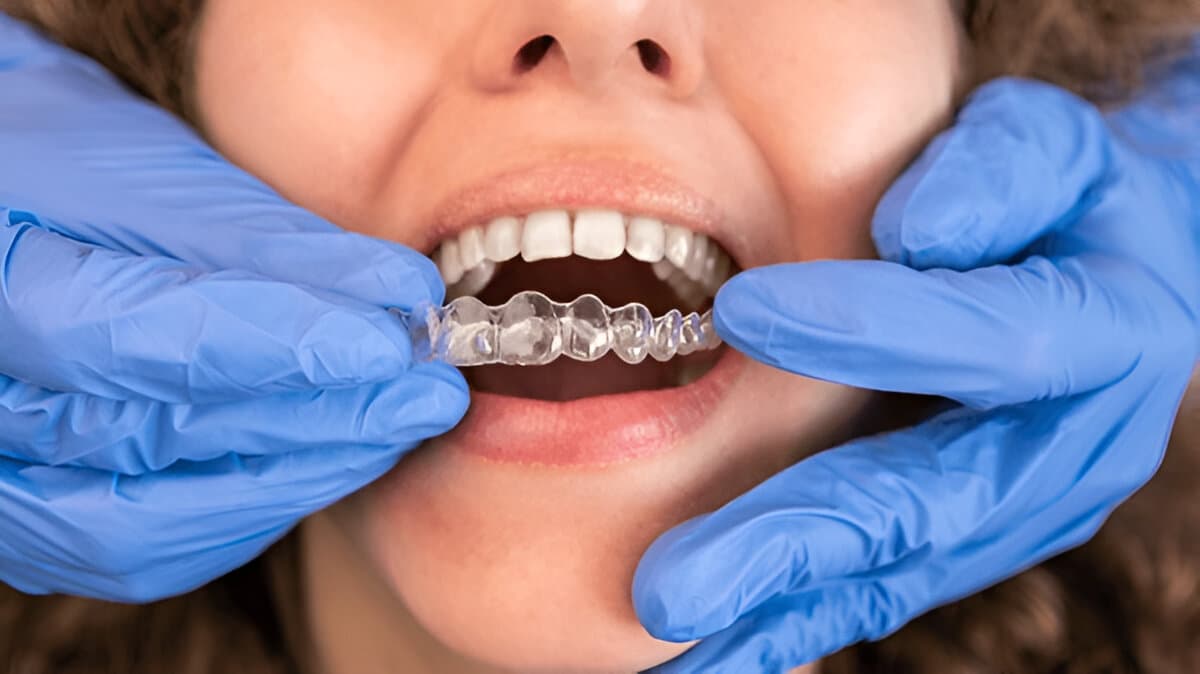If you’re considering the use of clear aligners as an alternative to traditional braces, you may well have come across the term invisalign attachments. Small yet mighty, these additions make all the difference in allowing aligners to move your teeth effectively, correctly, and predictively. Although many patients start Invisalign expecting a smooth, simple experience, understanding the function of attachments can help them achieve even better results.
The following comprehensive guide will break down all you need to know, from what they are and why they matter to how to take care of them and what to expect during treatment. By the end of this article, you will have a full and confident understanding of how Invisalign attachments support your smile transformation journey.
What Are Invisalign Attachments?
To understand how Invisalign works, you must first understand its key partners in tooth movement: invisalign attachments. These tiny, tooth-colored bumps are made of composite resin (the same material used in white fillings). Your dentist will bond them onto selected teeth at the beginning of your treatment, depending on your personalized aligner plan.
Some patients refer to them as what are invisalign buttons, although the proper term in dentistry is “attachments.” They are designed in various shapes—circles, squares, rectangles, or triangles—with each shape applying a specific type of pressure or movement to a tooth.
Why shape matters
- Rectangular forms help in the vertical movements of either lifting or lowering teeth.
- Round shapes help with small rotational changes.
- Triangular attachments offer grip for more significant or complex movements.
The placement, shape, and number of attachments differ from patient to patient, and not all Invisalign cases require them. More difficult cases rely on the attachments for predictable results, whereas simpler cases may only need a couple—or even none at all.
Why Invisalign Attachments Matter
While aligners can manage simple crowding or spacing by themselves, other movements involve additional force and control. This is where invisalign attachments become essential.
Attachments make it possible to:
1. Apply Focused Pressure
The movement of teeth by aligners relies on surface friction. When the needed movement is complex, teeth need a tighter grip. Attachments give aligners that anchor point, allowing precise force application in the exact direction needed.
2. Manage Complex Tooth Movements
Some teeth, particularly canines and premolars, are just stubborn or round in shape, thus hard to rotate. Attachments allow aligners to:
- Rotate these teeth
- Move them vertically
- Tilt or angle them in a controlled direction
This is why it’s important to understand how Invisalign attachments work: they amplify the aligner’s capabilities.
3. Enhancing Treatment Efficiency
Without attachments, some tooth movements would:
- Take much more time
- Be unpredictable
- Or not take place at all
Attachments enable aligners to work more efficiently and might allow for shortening the overall treatment time.
4. Ensure Aligners Fit Well
Attachments help to hold the aligners in place, especially when your treatment requires multi-directional movement. Further, the improved fit makes aligners snug and steady, which reduces the possibility of slipping.
How Do Invisalign Attachments Work?
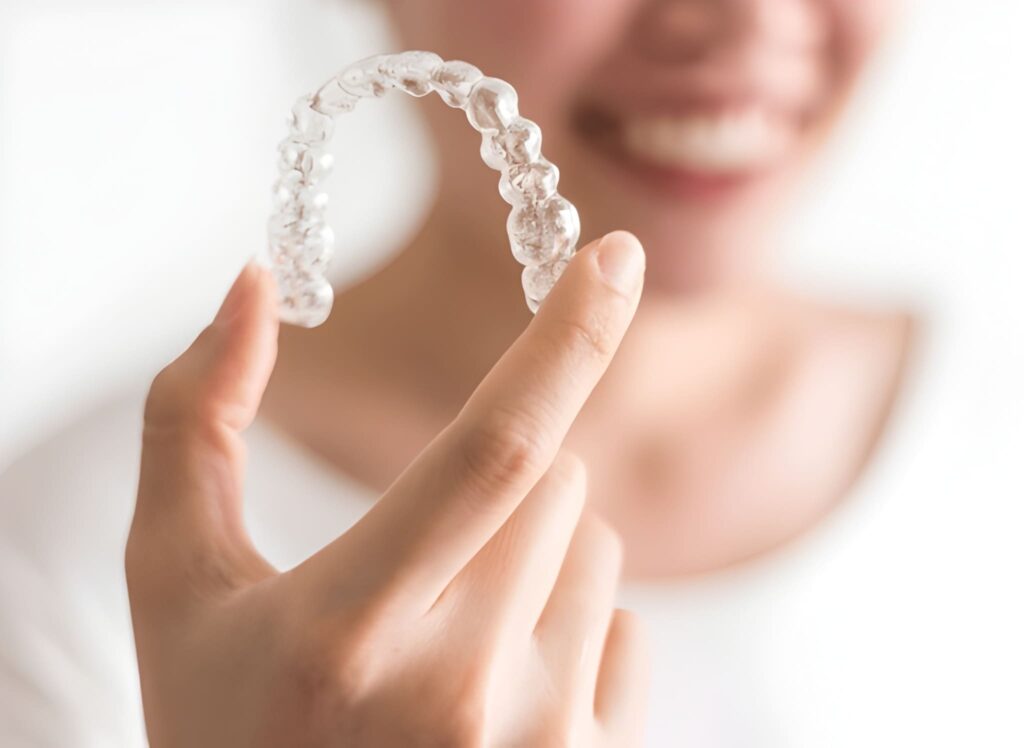
Patients often ask: How do Invisalign attachments work? The answer is simple : they act as leverage points.
Here’s how:
- The aligner has been designed with small spaces, which fit the shape of the attachment perfectly.
- When you snap the aligner over the attachment, it creates a mechanical “lock.”
- This lock permits the aligner to push, pull, rotate, lift, or shift the tooth with much greater accuracy.
Without attachments, the aligner can only exert pressure from the outside of the teeth. Attachments can make the aligner engage deeply with the tooth structure to achieve movements that are impossible without them.
The Process of Getting Invisalign Attachments
Getting Invisalign attachments is quick, easy, and painless, and generally takes about 20–30 minutes. Here’s what to expect:
1. Tooth Preparation
First, your dentist cleans and dries the teeth that will get attachments.
2. Placement
A template aligner with the perfect shapes of attachments is placed over your teeth. The composite resin is pressed into the spaces.
3. Hardening
A blue curing light immediately fixes the material.
4. Shaping & Polishing
Your dentist smoothes the attachments so they feel comfortable.
There’s no drilling, no needles, and no discomfort. Most patients quickly forget the attachments are even on their teeth—especially once the aligners are snapped on.
Will Invisalign Attachments Be Noticeable?
Although attachments are tooth-colored, they can be more noticeable on front teeth. When the aligners are on, they may give a slightly raised look depending on the lighting. However:
- They are also much less conspicuous than braces.
- They blend naturally with your tooth color.
- They are temporary.
Most importantly, they significantly improve the outcome of your treatment, making any minor visibility well worth it.
Living with Invisalign Attachments
Like any orthodontic process, there’s an adjustment period. Here’s what you should know.
1. Mild Irritation
Some patients experience minor irritation when not wearing the aligners because the attachments chafe against the cheeks. Using dental wax temporarily alleviates this until your mouth becomes accustomed to it.
2. Aligners Take More Precision to Remove
Since attachments “snap” into the aligners, removal takes a bit of practice. Your dentist may suggest a removal tool or simply using gentle wiggling motions.
3. Attachments May Trap Food
This is where maintaining Invisalign attachment care becomes important. Proper brushing, flossing, and rinsing helps prevent buildup around attachments.
4. Attachments Can Stain
Like natural teeth, attachments can become discoloured from:
- Tea
- Coffee
- Red wine
- Dark sauces
- Curry
Rinse after anything that can cause discoloration.
5. Attachments Make the Treatment More Effective
Every attachment is placed for a purpose. They accelerate treatment, increase accuracy, and enable the aligners to make ideal tooth movement.
Caring for Your Invisalign Attachments
Proper care for Invisalign attachments will keep your treatment on course and your smile healthy.
1. Brush After Every Meal
Attachments may harbor food. Brushing removes debris and reduces staining.
2. Floss Daily
Flossing removes food particles that may gather around the attachment edges.
3. Consider a Water Flosser
A water flosser reaches angles that your toothbrush may miss, especially around multiple attachments.
4. Avoid Biting into Hard Foods
Eating with attachments is safe; however, biting into very hard or sticky foods can increase the chances of invisalign attachment loss.
5. RINSE ALIGNERS BEFORE INSERTION
Clean aligners create a better connection with attachments.
Can Attachments Fall Off?
Sometimes, patients do experience an Invisalign attachment fall-off, a scenario that happens more often than one might imagine. The composite resin is strong; however, the attachments are small and tend to loosen if:
- You bite hard foods
- You grind your teeth
- You snap the aligners off too aggressively.
- You chew pen caps or nails
If an attachment falls off:
- That won’t damage your tooth.
- Your treatment doesn’t have to stop.
- You should make an appointment to have it rebonded.
You might experience delays and slowing down if it’s meant to be an attachment for an important movement.
That is the reason clinics closely watch and follow up on cases so that each tooth can move as planned.
Do All Patients Need Attachments?
No, not everyone needs them. Attachments are mostly advised when:
- Teeth need rotation
- Vertical movement is needed
- Bite correction is involved.
- Teeth that are small, rounded or hard to grasp
Minor spacing or crowding simple alignment cases may need few or no attachments. Your dentist designs a custom plan with consideration of your objectives, anatomy, and smile structure.
When Are Attachments Removed?
Attachments are removed when your treatment is complete, or when your refinement stage no longer requires them. Removal is:
- Quick
- Painless
- Acid-safe
Your dentist will use a smoothing tool to buff the attachments away, leaving the tooth exactly as it was before treatment.
Afterwards, you will probably be fitted with a retainer to maintain your new smile. Your provider will scan your teeth and make custom-made retainers.
Managing Common Concerns with Invisalign Attachments
Feeling Tightness or Pressure
This is normal and indicates the aligners are working.
Difficulty Removing Aligners
A removal tool or a rocking motion solves this.
Attachments Feeling Sharp
A quick polish appointment smoothes the edges.
Staining
Avoid dark drinks or rinse your mouth with water immediately afterward.
Losing Invisalign Attachments
If you notice losing Invisalign attachments, then make a visit to avoid delays.
Conclusion: A Smoother & More Predictable Invisalign Journey with Dental Scotland
Invisalign attachments are the unsung heroes of successful aligner treatment. They enhance aligner grip, improve movement precision, reduce treatment time, and support complex alignment needs. Whether you’re curious about what Invisalign buttons are, concerned about an Invisalign attachment fall-off, or just want to understand how Invisalign attachments work, having the right information makes your journey smoother and more predictable. With good Invisalign attachments care, the whole process becomes easier, cleaner, and far more effective.
At Dental Scotland, patients benefit from advanced technology, expert clinicians, and tailored care through every stage of their teeth-straightening journey. Whether you’re exploring Invisalign, dental implants, composite bonding, smile makeovers, or specialist dentistry, the team is committed to helping you achieve the healthy, confident smile you deserve. If you are ready to start your transformation with a trusted, experienced provider, Dental Scotland is here to take you through every step, every aligner, and every smile.
